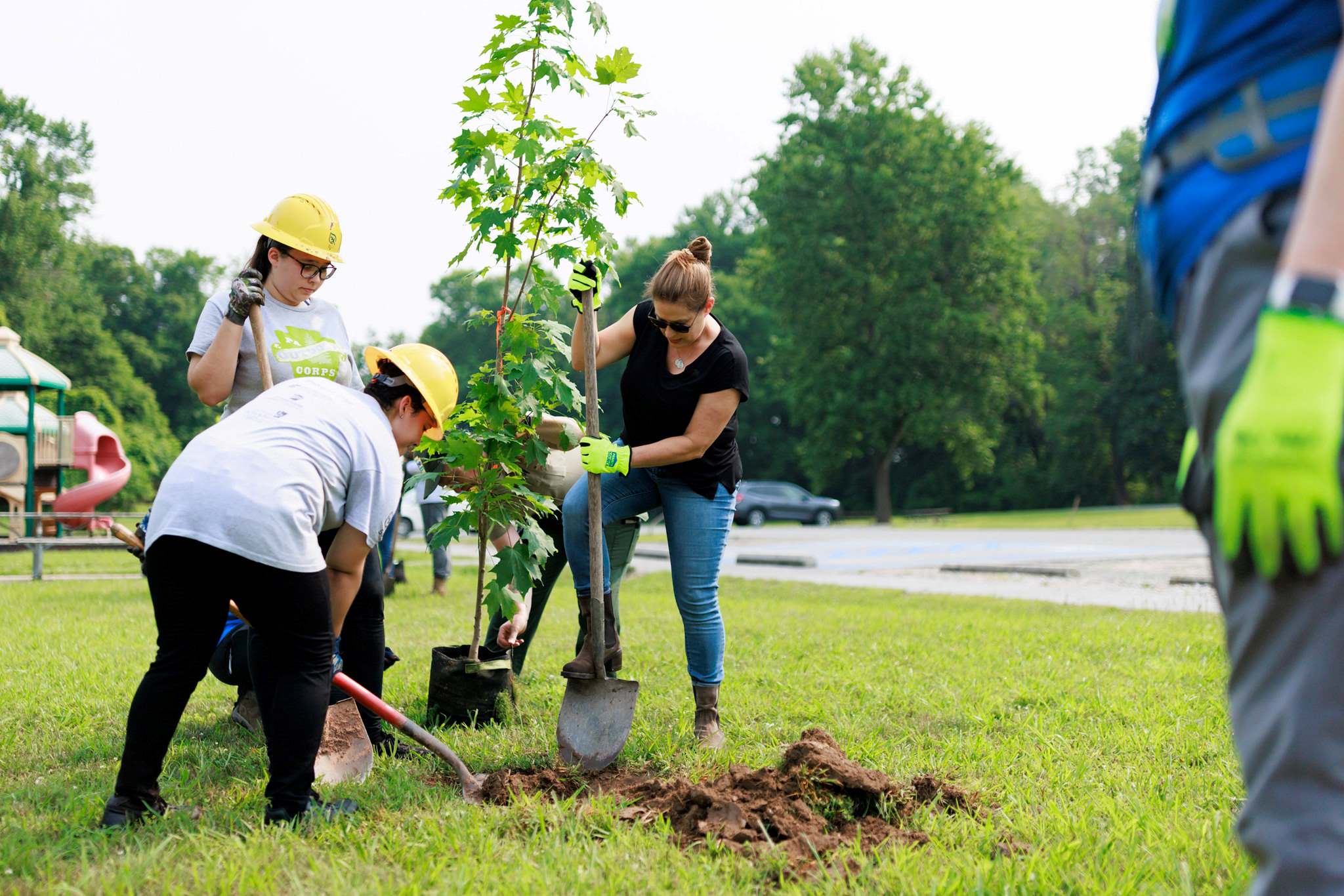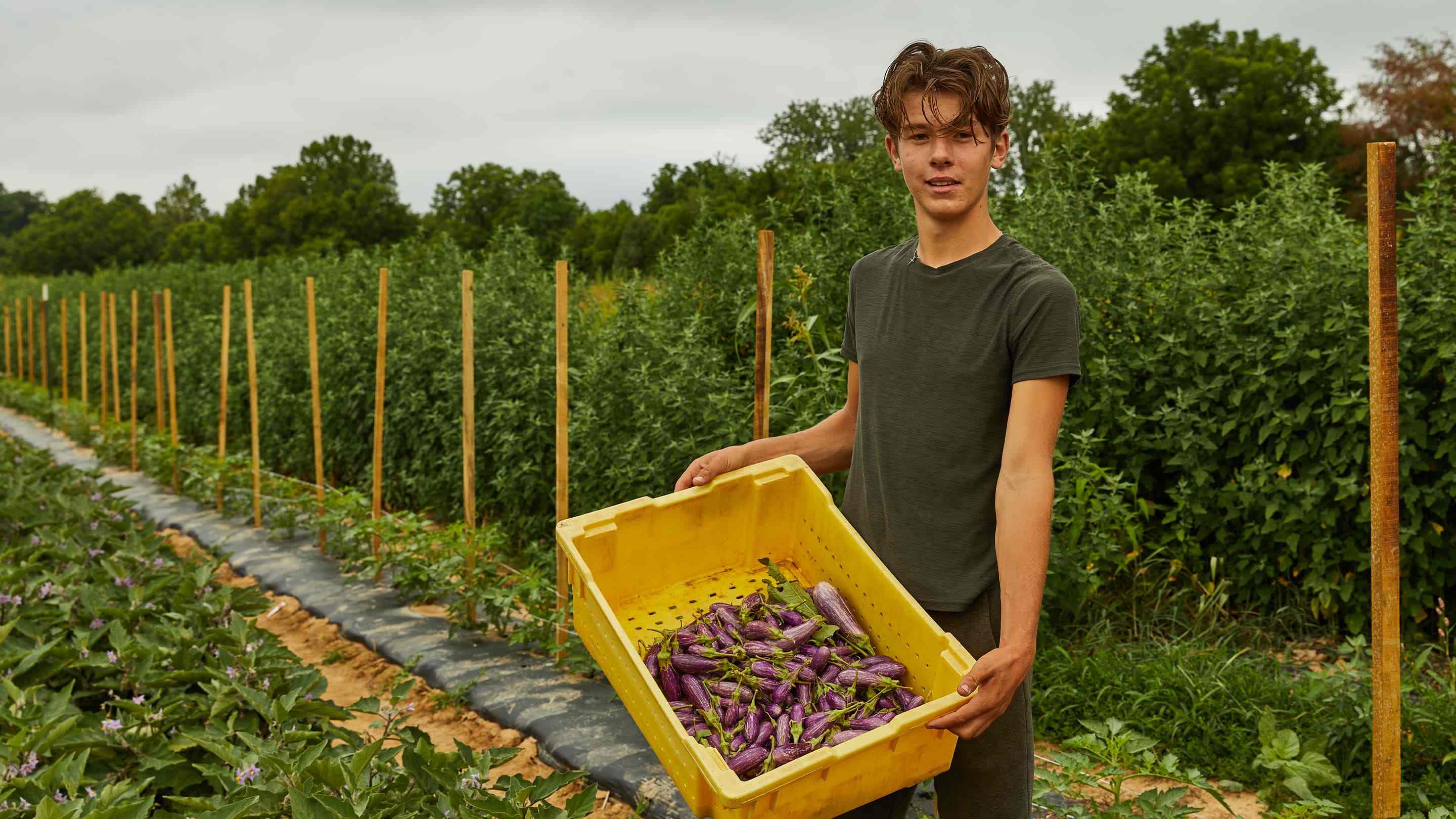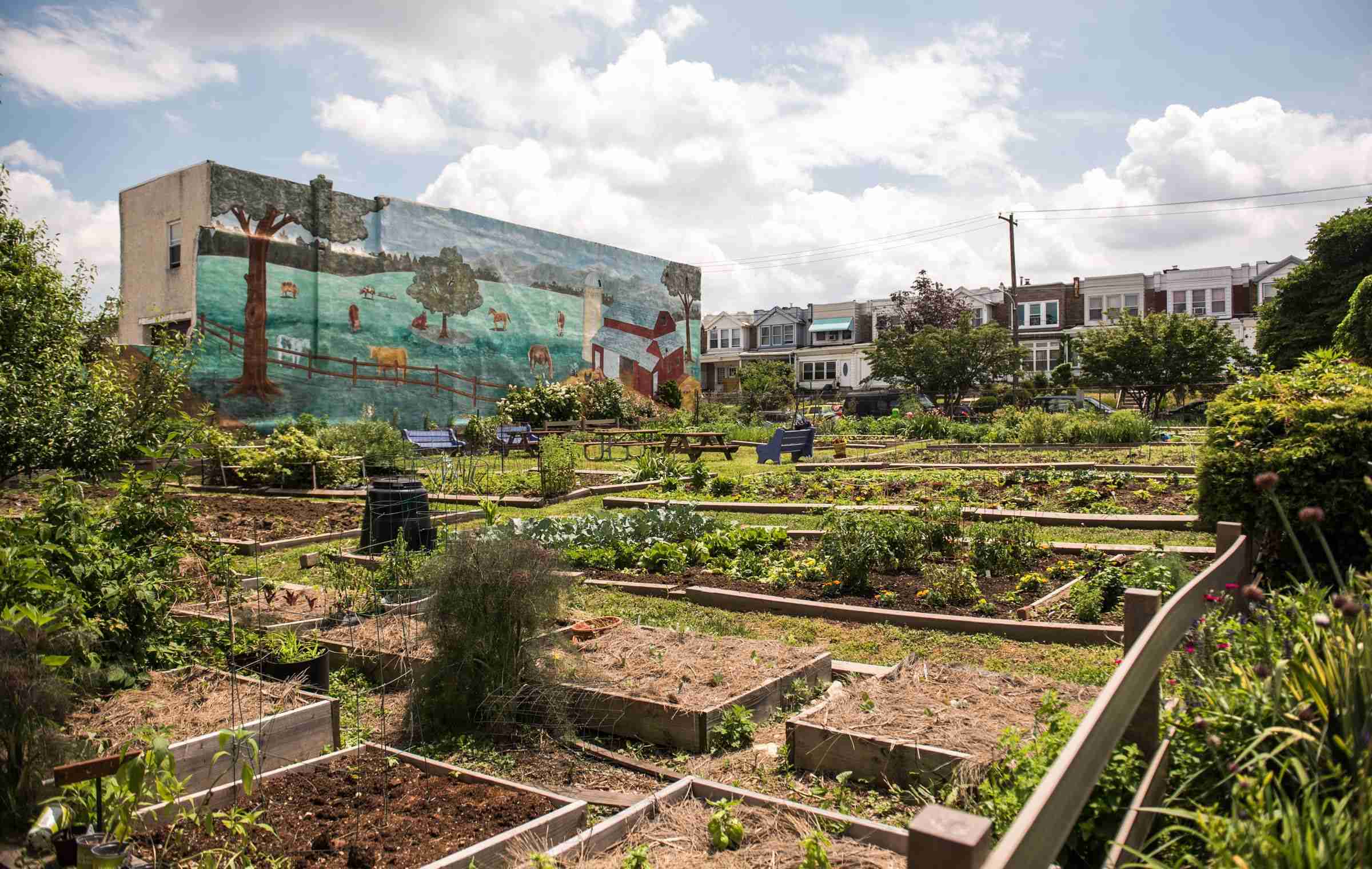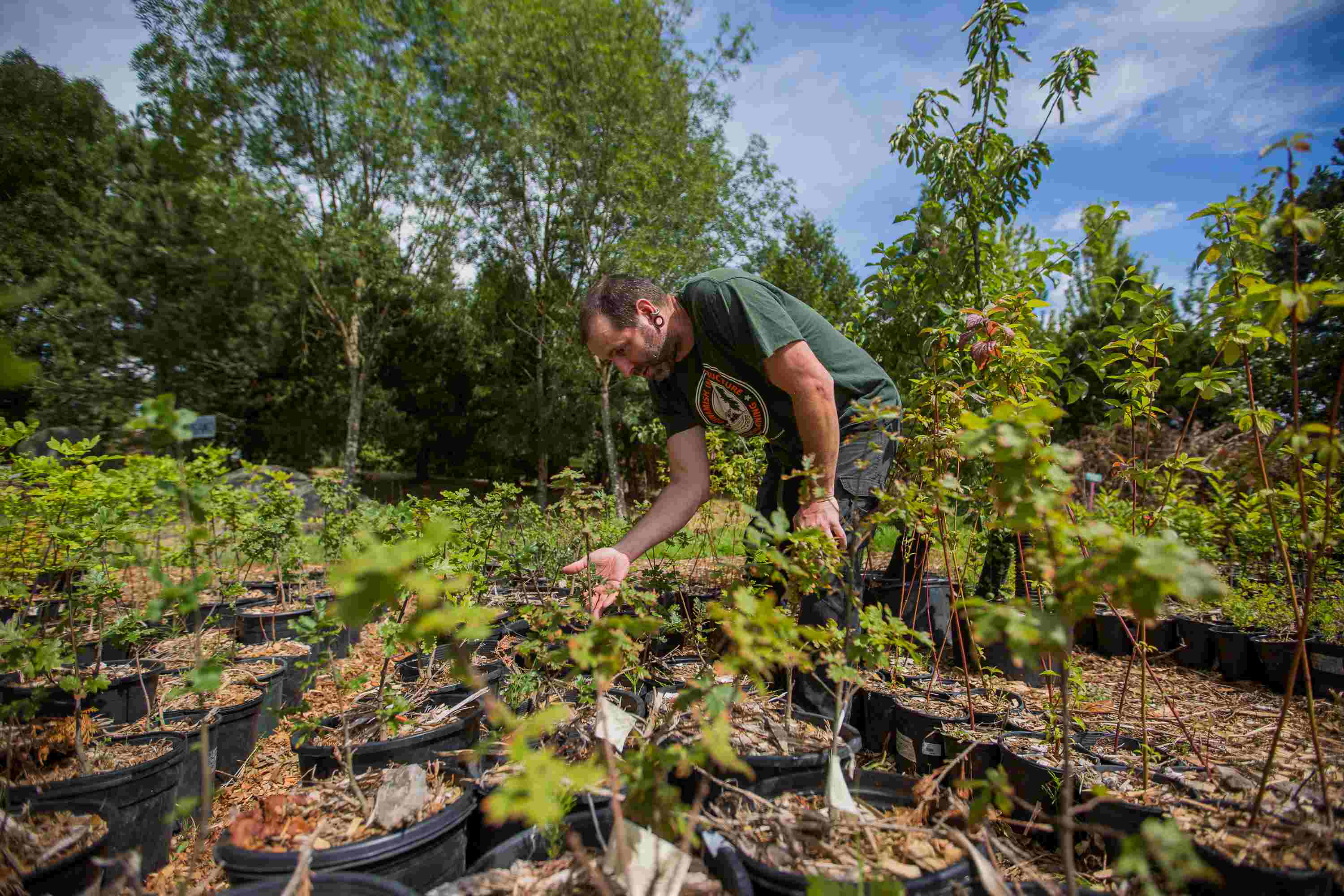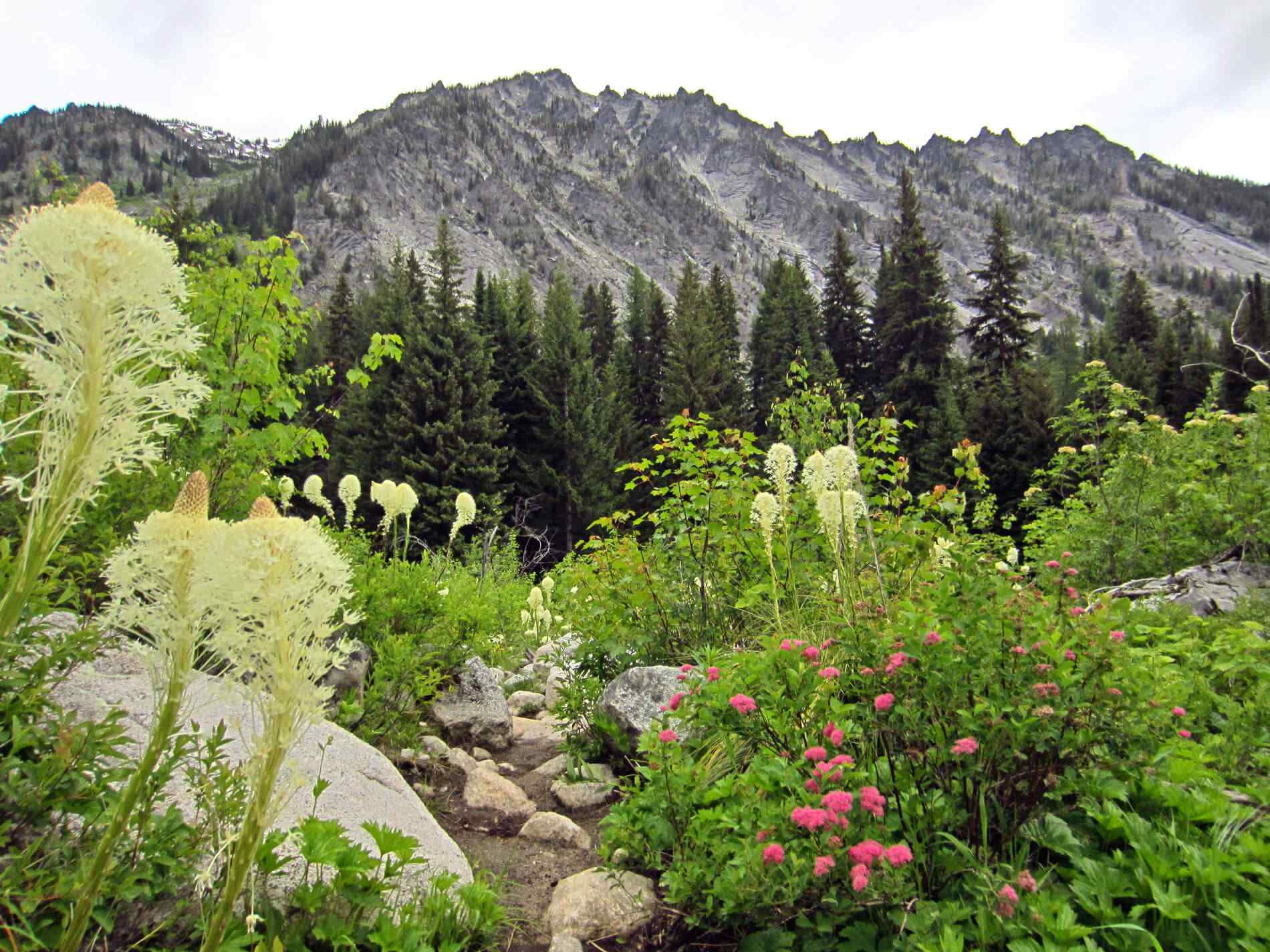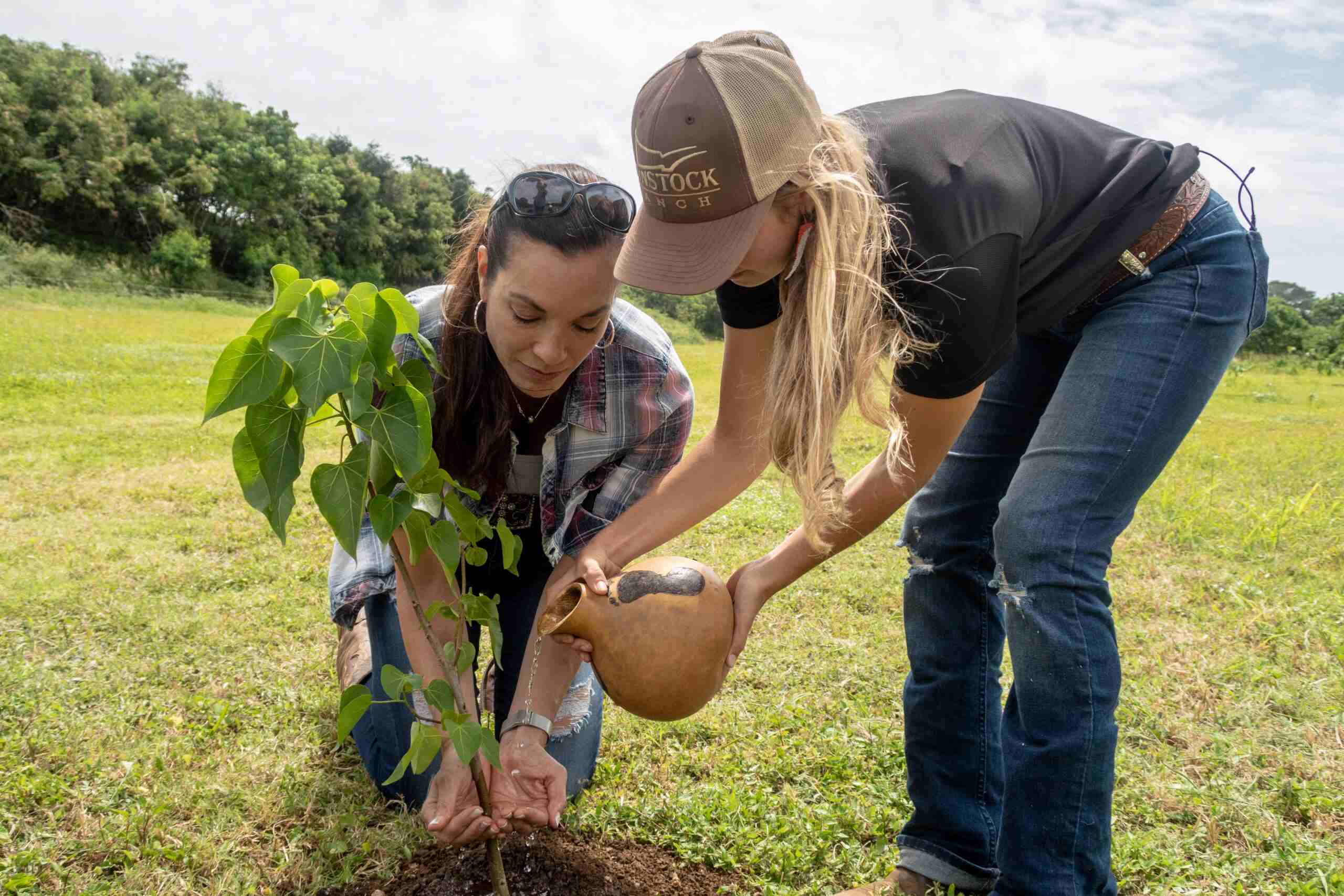Home>Gardening Basics>Understanding Soil>What Planting Zone Is New Jersey In
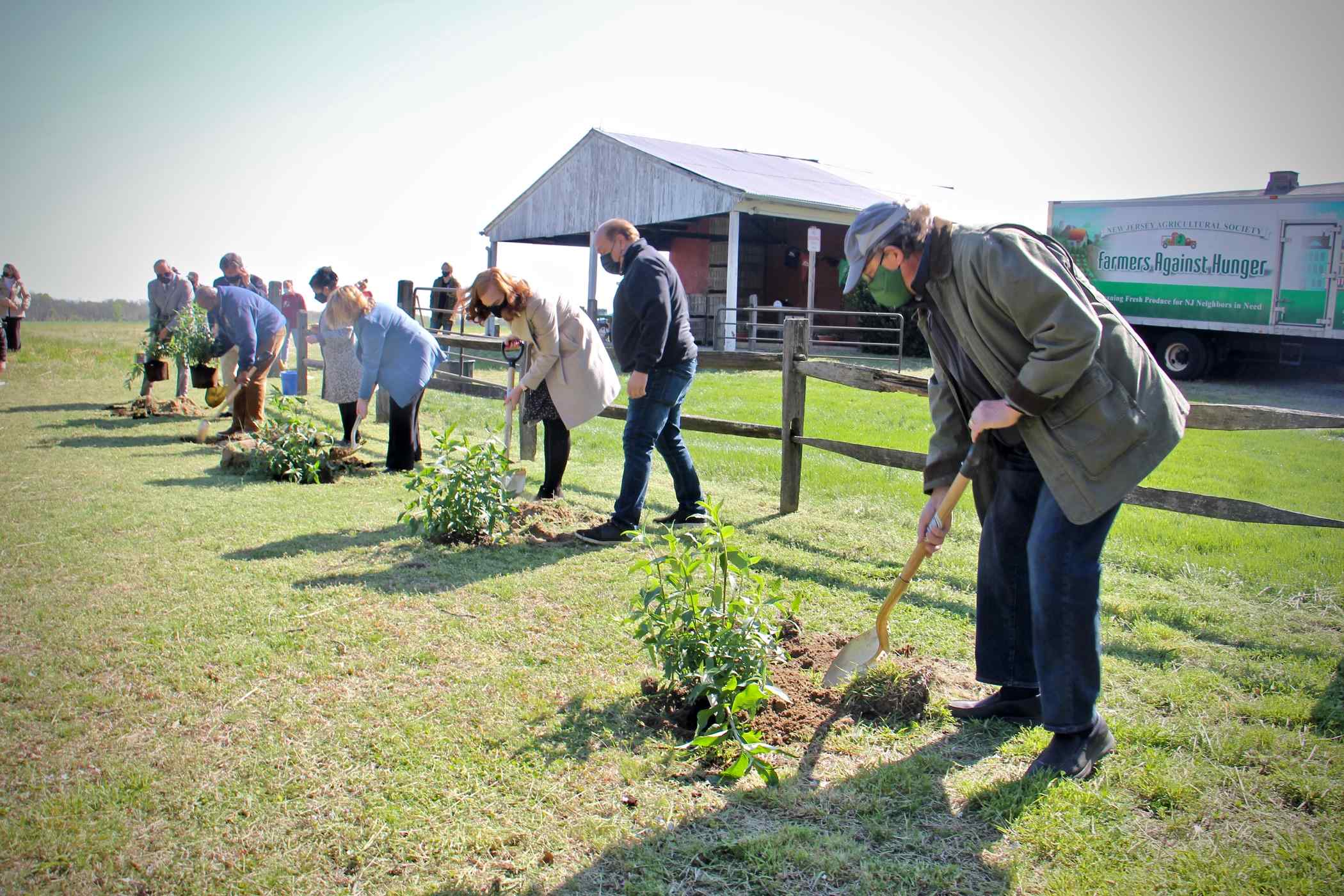

Understanding Soil
What Planting Zone Is New Jersey In
Modified: January 22, 2024
Discover the ideal soil for planting in New Jersey and understand which planting zone you're in. Learn more about understanding soil for successful gardening.
(Many of the links in this article redirect to a specific reviewed product. Your purchase of these products through affiliate links helps to generate commission for Chicagolandgardening.com, at no extra cost. Learn more)
Table of Contents
Introduction
Welcome to the diverse world of plants and gardening! Whether you’re an experienced gardener or just starting out, understanding the concept of planting zones is essential to creating a thriving garden. In this article, we will explore what planting zones are, their significance, and specifically focus on the planting zone of New Jersey.
Planting zones serve as a guide for gardeners in determining the suitability of various plants based on regional climate conditions. By classifying different areas into specific zones, gardeners can make informed choices about which plants will thrive in their specific location. This crucial information helps to optimize growing conditions and increase the chances of successful plant growth.
New Jersey, known as the Garden State, offers a diverse climate due to its location along the East Coast of the United States. From the coastal areas to the western regions, New Jersey experiences a range of climates, including humid subtropical, humid continental, and transitional. Understanding the specific planting zone of New Jersey is vital for gardeners to select suitable plants that can withstand the state’s unique weather patterns.
Now let’s delve into the importance of planting zones and discover how they can help you create a thriving garden in New Jersey’s ever-changing climate.
What are Planting Zones?
Planting zones, also known as hardiness zones, are regionally defined areas that indicate the climatic conditions in a particular geographic location. These zones are determined by several factors, including the average annual minimum temperature, which plays a significant role in the survival and growth of plants.
The United States Department of Agriculture (USDA) developed a standardized system known as the USDA Hardiness Zone Map. This map divides the United States into several planting zones, ranging from Zone 1, with the coldest temperatures, to Zone 13, with the warmest temperatures. Each zone is further divided into subzones to provide more specific information.
The primary purpose of planting zones is to help gardeners and horticulturists select plants that are well-suited to their specific climate. Different plant species have varying temperature requirements for optimal growth and survival. By understanding the planting zone of a particular area, gardeners can choose plants that are most likely to thrive in their region’s specific conditions.
It’s important to note that planting zones are not the only factor to consider when selecting plants. Soil type, sun exposure, and moisture levels are also significant considerations. However, planting zones provide a starting point and a helpful reference for gardeners to make informed choices about which plants are most likely to succeed in their geographic area.
Gardeners can determine their planting zone by referring to the USDA Hardiness Zone Map or consulting with local horticultural extension services. By identifying their planting zone, gardeners can narrow down the list of suitable plants based on their specific climate and ensure a higher success rate for their gardening endeavors.
Now that we understand the concept of planting zones, let’s explore why they are crucial for successful gardening in diverse climates like that of New Jersey.
The Importance of Planting Zones
Planting zones play a vital role in gardening success by providing valuable insight into the climate conditions of a specific region. Here’s why understanding and considering planting zones is essential for every gardener:
- Plant Suitability: Different plants have specific temperature thresholds and preferences. Planting zones help gardeners identify which plants are most likely to thrive in their climate. For example, plants that require warmer temperatures would not survive in colder zones, and vice versa.
- Frost Protection: Frost is a common concern for gardeners. Planting zones offer guidance on average frost dates, allowing gardeners to protect their plants by taking preventive measures such as covering them or bringing them indoors when necessary.
- Optimal Growing Conditions: By selecting plants suited to their planting zone, gardeners can provide the optimal growing conditions for their plants, including suitable temperatures, moisture levels, and sunlight exposure.
- Invasive Species Control: Some plants can become invasive when introduced to a new area. By considering planting zones, gardeners can avoid planting species that may pose a risk to the local ecosystem.
- Maximizing Plant Health and Productivity: When plants are grown in their ideal conditions, they are more likely to remain healthy and productive. By choosing plants suitable for their planting zone, gardeners can increase the chances of successful growth and yield.
- Water Conservation: Planting zones also provide insights into the typical rainfall patterns of an area. By selecting plants that are accustomed to the local precipitation levels, gardeners can create water-efficient gardens that require less irrigation.
Understanding and considering planting zones is particularly crucial for gardeners in places like New Jersey, where the climate can vary significantly across different regions of the state. By utilizing the information provided by planting zones, gardeners can make well-informed decisions and create gardens that are more likely to thrive in their specific climate conditions.
New Jersey’s Climate
New Jersey, often referred to as the Garden State, offers a diverse climate due to its location along the East Coast of the United States. The state experiences a mix of different climatic regions, including humid subtropical, humid continental, and transitional zones.
Coastal areas of New Jersey, particularly along the Atlantic coast, have a humid subtropical climate. Summers in these regions are typically hot and humid, while winters are generally mild. The proximity to the ocean helps moderate temperatures, providing a longer growing season for plants.
Inland areas of New Jersey, especially in the northern and western parts, have a humid continental climate. This means that summers are warm and humid, while winters are cold and snowy. These regions experience greater temperature variations throughout the year, with colder average minimum temperatures during the winter months.
New Jersey also has transitional climate zones, primarily in the central part of the state. These areas display characteristics of both humid subtropical and humid continental climates, with moderate summers and relatively mild winters.
Precipitation in New Jersey is fairly evenly distributed throughout the year, with average annual rainfall ranging from 40 to 50 inches. The coastal areas receive slightly more rainfall compared to the inland regions. Snowfall is also relatively common during the winter months, especially in the northern parts of the state.
The climate variations in New Jersey provide a range of opportunities for gardeners to experiment with different plant species. However, it’s important to take into account the specific planting zone of the area, as this will determine which plants are most likely to thrive in a given location.
Now let’s explore how to determine the planting zone for the different regions of New Jersey.
Determining New Jersey’s Planting Zone
Determining the planting zone for a specific area in New Jersey is essential for selecting plants that are well-suited to the local climate conditions. Here are some key steps to determine New Jersey’s planting zone:
- Refer to the USDA Hardiness Zone Map: The United States Department of Agriculture (USDA) has developed a comprehensive Hardiness Zone Map that divides the country into several zones based on average annual minimum temperatures. Gardeners can access this map to identify the planting zone for their specific area in New Jersey.
- Locate New Jersey on the Map: Find New Jersey on the USDA Hardiness Zone Map. The state is divided into several planting zones, from Zone 6 in the northwest to Zone 7 along the coastal areas and southern parts.
- Consider Microclimates: It’s important to note that New Jersey, like any other region, may have microclimates within its borders. Factors such as elevation, proximity to large bodies of water, and urban heat island effects can create variations in temperature and climate conditions. Microclimates can deviate from the general planting zone classification, so it’s wise to observe and understand the unique characteristics of your specific garden location.
- Consult Local Horticultural Extension Services: Local horticultural extension services can provide valuable information and resources specific to New Jersey’s planting zones. They can offer insights into regional climate patterns, growing recommendations, and any updates or modifications to the USDA Hardiness Zone Map.
- Consider Historical Climate Data: Historical weather data for your specific area in New Jersey can help identify temperature trends and provide additional information for plant selection. The National Climatic Data Center and other online resources can provide access to historical climate data based on your location.
By combining these steps, gardeners in New Jersey can confidently determine their planting zone, which serves as a valuable reference for selecting plants that are best suited to their local climate conditions.
Planting Zone Map of New Jersey
The planting zone map of New Jersey provides valuable information about the different zones within the state, allowing gardeners to make informed decisions when selecting plants for their gardens. The USDA Hardiness Zone Map divides New Jersey into several zones based on average annual minimum temperatures. Here is an overview of the planting zones in New Jersey:
- Zone 6: This zone covers the northwest corner of New Jersey, including areas such as Sussex and Warren counties. It is characterized by colder winters, with average minimum temperatures ranging from -10°F to 0°F (-23°C to -18°C).
- Zone 7: This zone encompasses a large portion of New Jersey, including areas such as Bergen, Passaic, Essex, Union, Middlesex, Monmouth, and Ocean counties. It extends along the coastal regions and the southern parts of the state. Zone 7 has milder winters, with average minimum temperatures ranging from 0°F to 10°F (-18°C to -12°C).
- Zone 8: Zone 8 covers parts of southern New Jersey, including areas such as Cape May, Atlantic, Cumberland, and Salem counties. It has even milder winters compared to Zone 7, with average minimum temperatures ranging from 10°F to 20°F (-12°C to -6°C).
It’s important to note that specific garden locations may have microclimates within these larger zones, influenced by factors such as elevation, proximity to bodies of water, or urbanization. These can impact the local climate and plant growth, so it’s advisable to observe and understand the unique characteristics of your garden location.
As seasons and climate conditions can vary from year to year, it’s always a good idea to keep up-to-date with the latest planting zone information and consult local horticultural extension services for any updates or modifications to the USDA Hardiness Zone Map in New Jersey.
The planting zone map of New Jersey is an invaluable tool for gardeners, providing guidance on the types of plants that are most likely to thrive in different regions of the state. By selecting plants that align with their specific planting zone, gardeners can increase the chances of gardening success and enjoy a thriving garden year-round.
Recommended Plants for New Jersey
When gardening in New Jersey, selecting plants that are well-suited to the local climate is crucial for success. Here are some recommended plant options for different planting zones in New Jersey:
Zone 6: In the colder regions of Zone 6, consider hardy perennials such as Siberian iris, daylilies, and coneflowers. Shrubs like American holly, yew, and boxwood are also well-adapted to this zone. Cold-tolerant vegetables like broccoli, kale, and Brussels sprouts can be grown in Zone 6 as well.
Zone 7: Zone 7 offers a wider range of plant options due to its milder winters. Consider planting flowering trees like dogwood, redbud, and magnolia. Perennials such as hostas, black-eyed Susans, and asters thrive in this zone. Vegetable options include tomatoes, peppers, beans, and corn.
Zone 8: In the mildest parts of New Jersey, Zone 8 allows for the cultivation of more tender plants. Consider planting citrus trees like oranges and lemons, as well as tropical flowering plants such as hibiscus and bougainvillea. Perennial options include lantana, lavender, and rosemary. Vegetable choices can include eggplants, sweet potatoes, and okra.
Regardless of planting zone, it’s important to choose plants that are well-adapted to the New Jersey climate. Native plants, in particular, are often well-suited to local conditions and support the local ecosystem. Consider incorporating native plants like milkweed, wild geranium, and New Jersey tea into your garden to attract pollinators and provide habitat for local wildlife.
When selecting plants, also consider factors like sun exposure, soil conditions, and moisture requirements. Choose plants that thrive in the specific conditions of your garden to ensure optimal growth and health.
Lastly, keep in mind that New Jersey is a diverse state, and microclimates may exist within each planting zone. Pay attention to the unique characteristics of your garden location and seek local expertise when selecting plants.
By choosing plants that are well-suited to the planting zone and other local conditions, you can create a vibrant and thriving garden in New Jersey, enjoying beautiful blooms, delicious vegetables, and a true connection with the natural beauty of the Garden State.
Conclusion
Understanding planting zones is a fundamental aspect of successful gardening. In this article, we explored the concept of planting zones and their significance for gardeners. Specifically focusing on New Jersey, we examined the state’s diverse climate, determined its planting zones, and recommended suitable plants for each zone.
By considering New Jersey’s specific planting zone, gardeners can select plants that are well-adapted to the local climate conditions, optimizing their chances of gardening success. Whether you reside in Zone 6 with its colder winters, Zone 7 with its milder climate, or Zone 8 with the mildest conditions, there are plants available to suit your specific surroundings.
It’s important to note that while planting zones provide valuable guidance, other factors such as soil type, sun exposure, and moisture levels also influence plant success. Consider these factors along with the appropriate planting zone when selecting plants for your garden.
Taking advantage of native plants and consulting with local horticultural extension services can further enhance your gardening experience. These resources offer insights into regional climate patterns, growing recommendations, and updates to the USDA Hardiness Zone Map. Incorporating native plants supports the local ecosystem and helps create a thriving garden habitat.
Remember to observe microclimates within your garden or local area, as they can deviate from the general planting zone classification. Being aware of these unique characteristics will enable you to choose the most suitable plants for your specific location.
Embrace the diversity of plants that can thrive in New Jersey’s climate, from hardy perennials to flowering trees, and from flavorful vegetables to captivating native species. With careful consideration of planting zones and other environmental factors, you can create a beautiful and flourishing garden that embodies the beauty of the Garden State.




